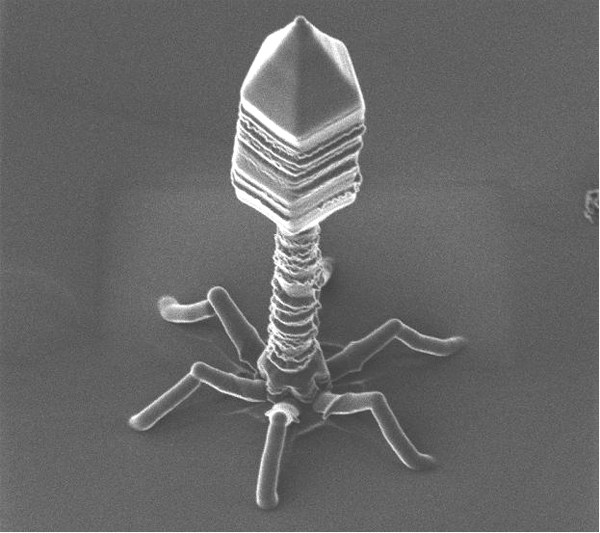Nano-scale printing comes to the table
 US Engineers have developed an incredible new machine which can print on the nano-scale but will not take up too much desk space.
US Engineers have developed an incredible new machine which can print on the nano-scale but will not take up too much desk space.
Nano-fabrication has long been the domain of high-tech and high-cost specialty facilities, making development of new devices and techniques a slow and expensive process. That process is now set to go to into hyper-drive, with the announcement of a new desktop nano-fabrication machine.
"With this breakthrough, we can construct very high-quality materials and devices, such as processing semiconductors over large areas, and we can do it with an instrument slightly larger than a printer," said Chad A. Mirkin, senior author of the study.
The tool will enable engineers and researchers to rapidly prototype new nano-machines, in the same way the 3D printing revolution is greatly increasing prototyping processes for traditional manufacture.
“Instead of needing to have access to millions of dollars, in some cases billions of dollars of instrumentation, you can begin to build devices that normally require that type of instrumentation right at the point of use,” Mirkin says, “There is no need to create a mask or master plate every time you want to create a new structure, you just assign the beams of light to go in different places and tell the pens what pattern you want generated.”
The report published this week in the journal Nature Communications explains one demonstration of the incredible resolution of the new printer. Researchers were able to print a map of the world at nano-resolution but which could be seen with the naked eye, upon closer inspection with a microscope it was revealed the map was also imprinted with a mosaic of individual chemical formulae made up of nano-scale points.
The Nature Communications paper is titled “Desktop nanofabrication with massively multiplexed beam-pen lithography.”








 Print
Print